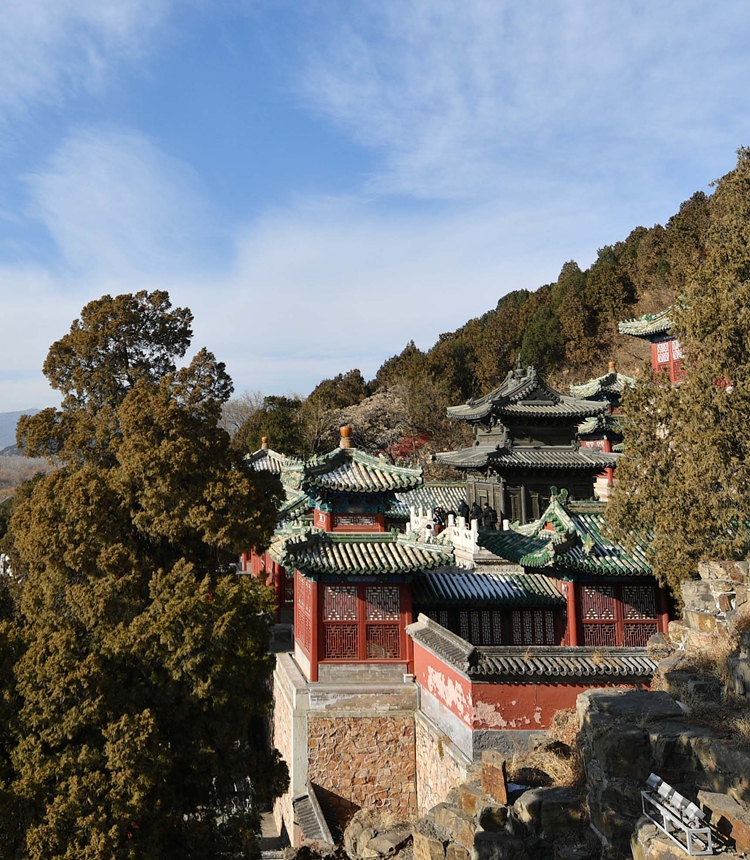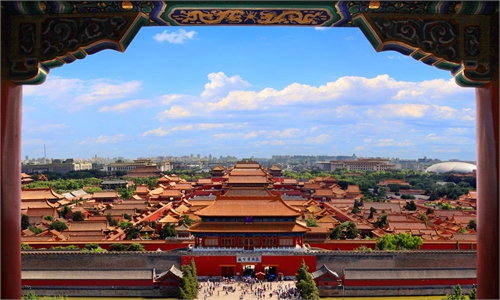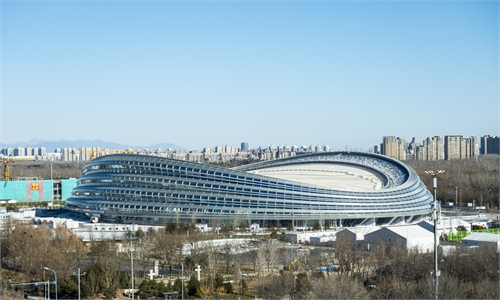
The Baoyun Pavilion in the Summer Palace Photo: VCG
Over the past decade, China’s Beijing-Tianjin-Hebei region has made significant progress in environmental protection. By the end of 2023, there had been about a 60 percent decrease in the annual average concentration of PM2.5 compared to 2013, the Beijing Municipal Ecology and Environment Bureau said on Tuesday.
The number of days with heavy pollution has also decreased significantly, while the number of days with good air quality has greatly increased. In Beijing alone, the city maintained an annual average concentration of PM2.5 at 32 micrograms per cubic meter. The proportion of days with good air quality reached 90 percent, with the longest period of consecutive days of good air quality days reaching 192, an increase of 20 days from 2022, the bureau said.
The coordinated development of environmental protection in the Beijing-Tianjin-Hebei region has always been focused on reduction and prevention of air pollution. The region continues to deepen cooperation and promote structural optimization in energy, industry, transportation, and other areas. For instance, the region released regulations on the prevention and control of emissions from motor vehicles, providing a solid legal framework, according to the authorities.
The region has optimized many sectors including energy and industrial structure in recent years. Additionally, “the entire area has made great efforts to strengthen the control of industrial pollution, including enhancing law enforcement, disclosing relevant environmental monitoring information, and enforcing stricter standards,” Ma Jun, director of the Beijing-based Institute of Public and Environmental Affairs, told the Global Times on Tuesday.
For seven years in a row, Beijing has implemented measures to control air pollution during the autumn and winter seasons. The city has achieved coal-free heating in most areas and has extended the “coal-to-electricity” project to households in mountain areas. As a result, clean heating has been achieved in 93 percent of villages and 96 percent of households in Beijing, according to the bureau.
In addition, great improvements have been made in transportation and construction to reduce dust from road construction, said Ma.
The region has actively promoted the construction of the Beijing-Tianjin-Hebei fuel cell vehicle demonstration city cluster, and jointly formulated the carbon emission reduction calculation technical specification.
The world’s first flexible DC power grid project from Zhangbei county, North China’s Hebei Province, to Beijing was fully put into operation in June 2020. In the process of promoting the green 2022 Beijing Winter Olympics, Beijing and Hebei Province have closely cooperated, making this project a model for collaboration in reducing pollution and carbon dioxide emissions, Ma said.



